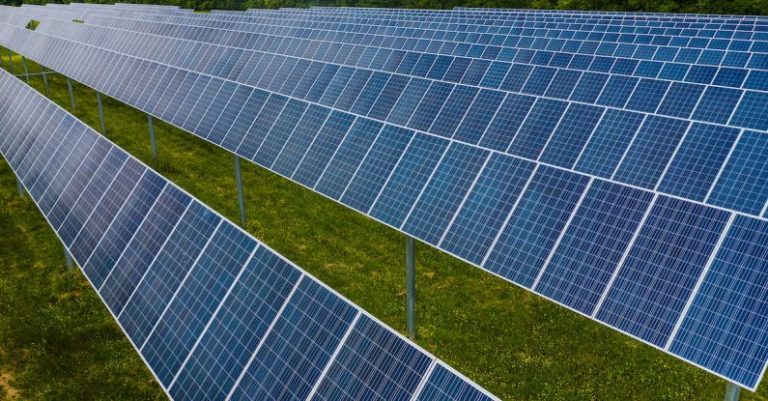The Integration of Composites in Green Building Certifications
Green building certifications are becoming increasingly popular as the construction industry shifts towards more sustainable and environmentally friendly practices. One of the key elements in achieving these certifications is the integration of composites in building materials. Composites, which are materials made from two or more constituent materials with significantly different physical or chemical properties, offer a wide range of benefits that align well with the goals of green building certifications. Let’s delve into how composites are revolutionizing the construction industry and playing a crucial role in sustainable building practices.
### The Rise of Green Building Certifications
In recent years, there has been a growing emphasis on constructing buildings that are energy-efficient, environmentally friendly, and sustainable. Green building certifications, such as LEED (Leadership in Energy and Environmental Design) and BREEAM (Building Research Establishment Environmental Assessment Method), have become the gold standard for recognizing buildings that meet specific criteria related to sustainability and environmental performance. These certifications not only benefit the environment but also offer economic advantages to building owners in terms of reduced operating costs and increased property value.
### Benefits of Composites in Green Building
Composites have emerged as a versatile and innovative solution for achieving the stringent requirements set by green building certifications. These materials offer a host of benefits that make them well-suited for sustainable construction practices. One of the primary advantages of composites is their high strength-to-weight ratio, which allows for the creation of lightweight yet durable building components. This not only reduces the overall weight of the structure but also minimizes the amount of material required, leading to lower transportation costs and reduced environmental impact.
Moreover, composites are inherently resistant to corrosion, rot, and pests, making them ideal for use in building exteriors where exposure to the elements is a concern. This durability translates to longer lifespans for buildings, reducing the need for frequent maintenance and repairs. Additionally, composites can be molded into virtually any shape or size, offering architects and designers greater flexibility in creating innovative and sustainable building designs.
### Applications of Composites in Green Building
Composites are being used in a variety of applications within the green building industry, ranging from structural components to decorative elements. One common application is the use of composite materials in façade systems, where they provide insulation, weatherproofing, and aesthetic appeal. Composites are also utilized in roofing systems, flooring, windows, and doors, contributing to the overall energy efficiency and sustainability of a building.
Furthermore, composites play a crucial role in enhancing the thermal performance of buildings by reducing heat transfer and improving insulation. This results in lower energy consumption for heating and cooling, leading to decreased carbon emissions and operational costs. By integrating composites into building envelopes, developers can achieve higher levels of energy efficiency and meet the stringent requirements of green building certifications.
### The Future of Composites in Sustainable Construction
As the demand for sustainable building practices continues to grow, the role of composites in construction is expected to expand significantly. Advancements in composite materials technology, such as the development of bio-based composites and recycled fibers, are driving innovation in the industry and offering new opportunities for reducing environmental impact. Additionally, the use of automation and digital design tools is enabling more efficient and precise manufacturing processes for composites, further enhancing their viability for green building applications.
In conclusion, the integration of composites in green building certifications is paving the way for a more sustainable and environmentally conscious construction industry. With their numerous benefits, including strength, durability, and versatility, composites are proving to be a valuable asset in achieving the goals of energy efficiency and environmental stewardship. As technology continues to evolve and new materials are introduced, composites will undoubtedly play a key role in shaping the future of sustainable construction practices.






